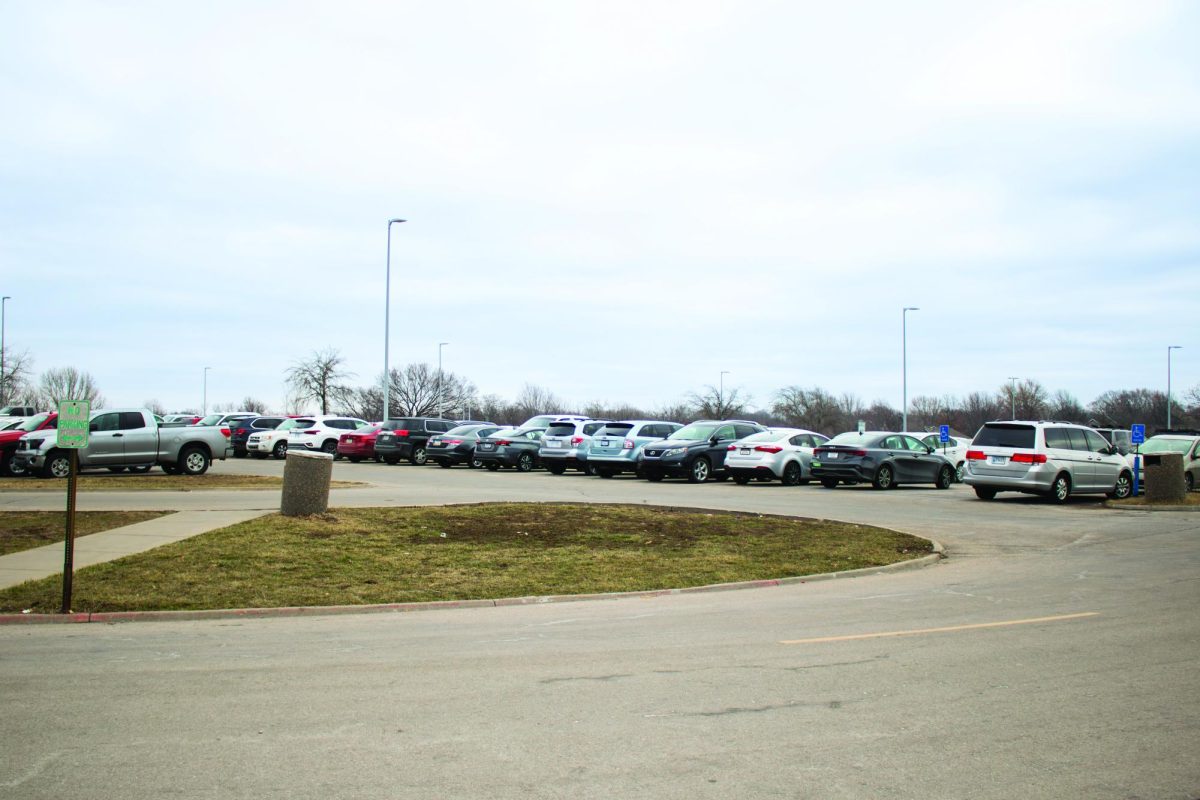Starting off this school year has been majorly different for every high school student in the district. The transition between the iPads and MacBooks has shown major differences in technology, which has sparked a lot of discussion about the impact on students and teachers.
Last year, a USD 497 school board meeting on Jan. 23, 2023 confirmed the switch from MacBooks, which high school students had previously been equipped with for the last 6 years, to iPads. Through the transition, it was estimated that approximately $1.3 million would be saved yearly. In the midst of numerous budget cuts, including the closures of Broken Arrow and Pinckney elementary schools, staffing reductions and increased class sizes, the transition to iPads offered an efficient way for the school district to save money.
While the transition may be a solution to the budget cuts, they have been less favored by students and teachers, who have voiced concerns primarily revolving around their functionality of the devices.
“The keyboard is really hard to type on, which makes writing papers very difficult. Sometimes it just freezes and doesn’t work very well,” senior Amy Lock said. “The iPads make it hard to get work done, which makes it hard to do work.”
Within the classroom setting, the general experience with iPads has been somewhat consistent; many students hold concerns about the way they impact their academic abilities.
“My performance as a student has been negatively influenced because I can’t be as productive on the iPads as I could be on the MacBooks because of the keyboard,” sophomore Anton Funke said.
Students are not the only ones who are influenced by the transition; many teachers have had to adapt to the technological differences by altering their previous lesson plans according to English teacher Logan Mackay. The district has provided teachers with MacBooks, but Mackay claims it has been difficult regardless.
“When students got their iPads, none of us knew which things integrated well on iPads and which things didn’t. That’s been a challenge,” Mackay said.
The district provided classes such as graphic design, video production and photography with in-class computer monitors. The district also offered students the option to receive styluses, which may be used to write notes or draw on the iPads.
In addition to the teachers, students involved in specific Career and Technical Education classes such as debate and journalism have been provided with MacBooks to be rented out for the duration of the semester. These activities are not possible without MacBooks because of specialized programs that are required in conjunction with the fact that these activities often require out-of-class work, which rules out the possibility of monitors.
“If we couldn’t use the laptops, then we wouldn’t be able to debate as efficiently as we have in the past,” junior debater Kiley Chartrand said. “We need to be able to keep our role in the debate community in Kansas.”
According to Chartrand, it has been good to have the ability to access the MacBooks overall, as it has solved the issue of iPads being incompatible with the programs necessary for debate.
Despite the challenges iPads may have posed so far, students and teachers alike look towards adapting and overcoming their concerns as the year moves forward.



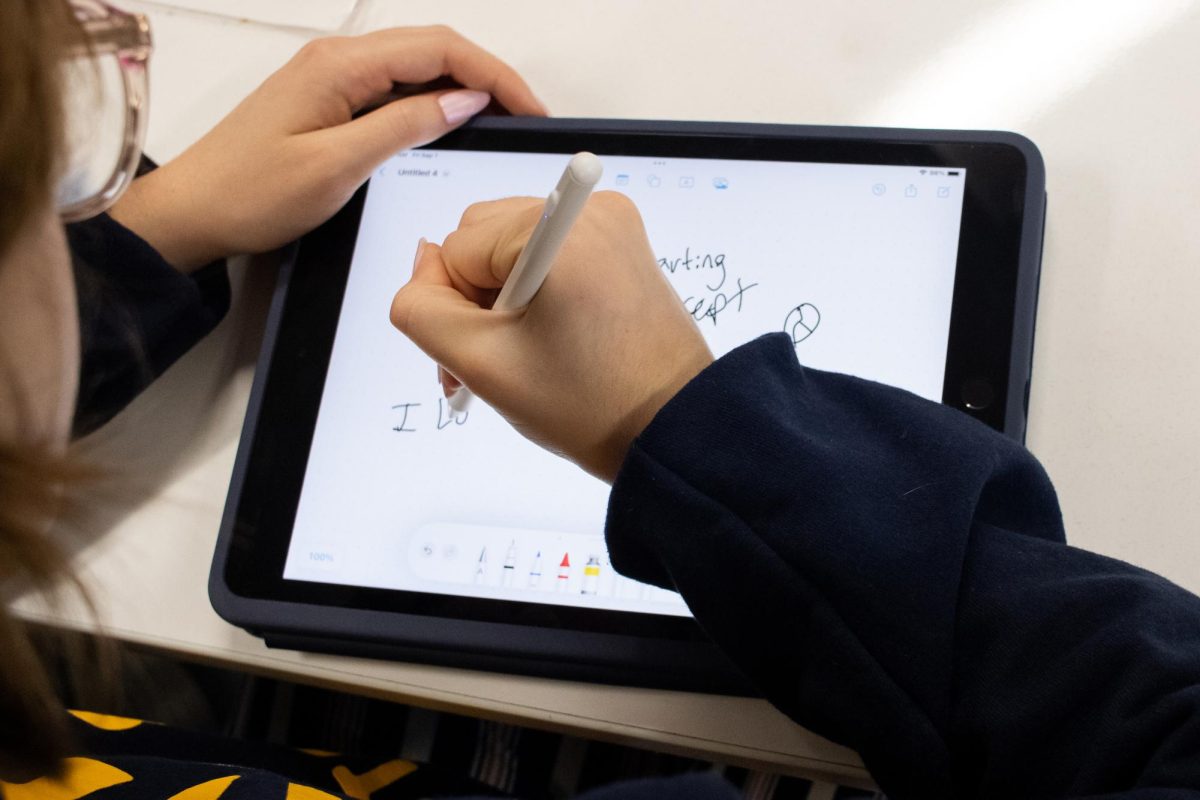




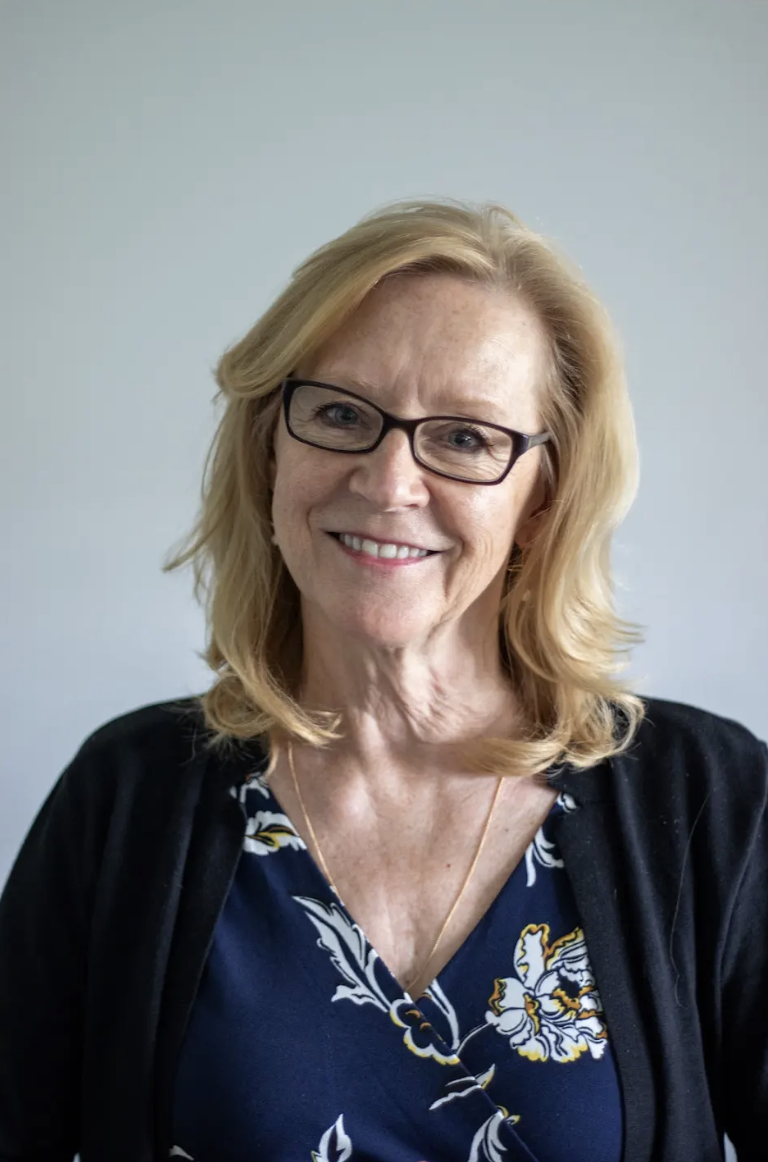
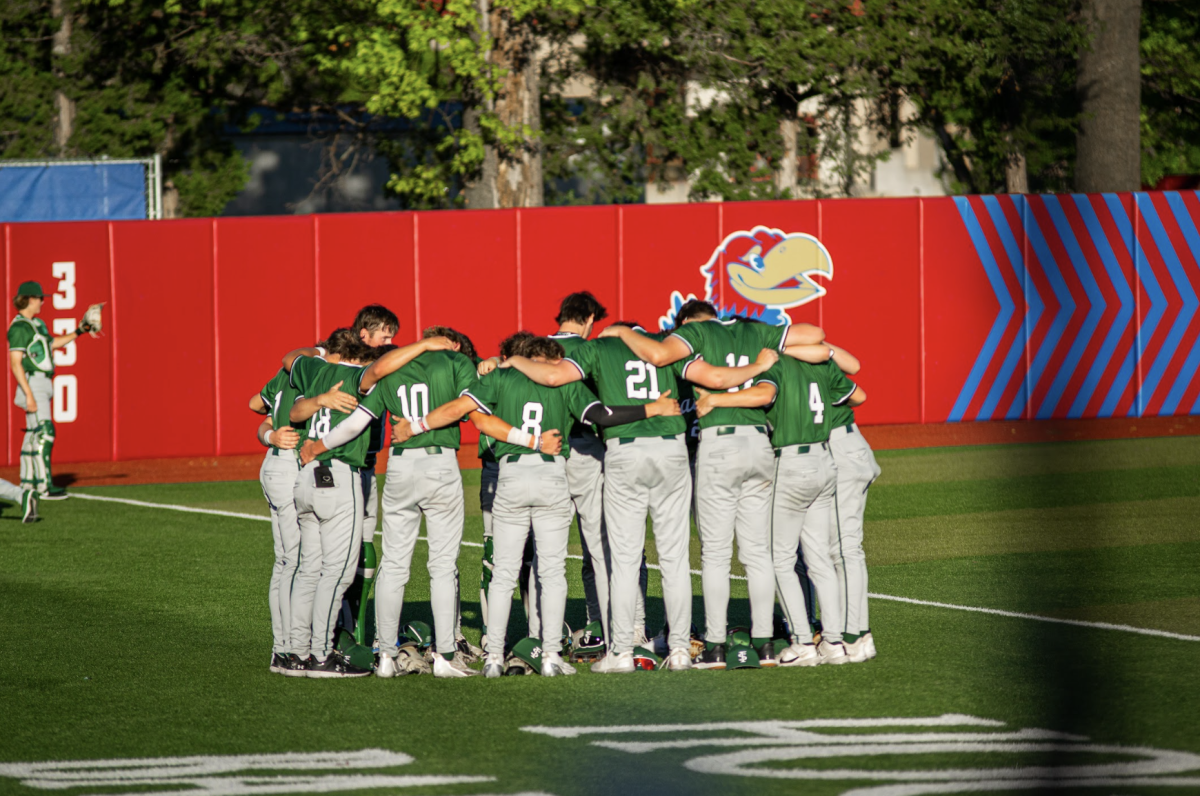
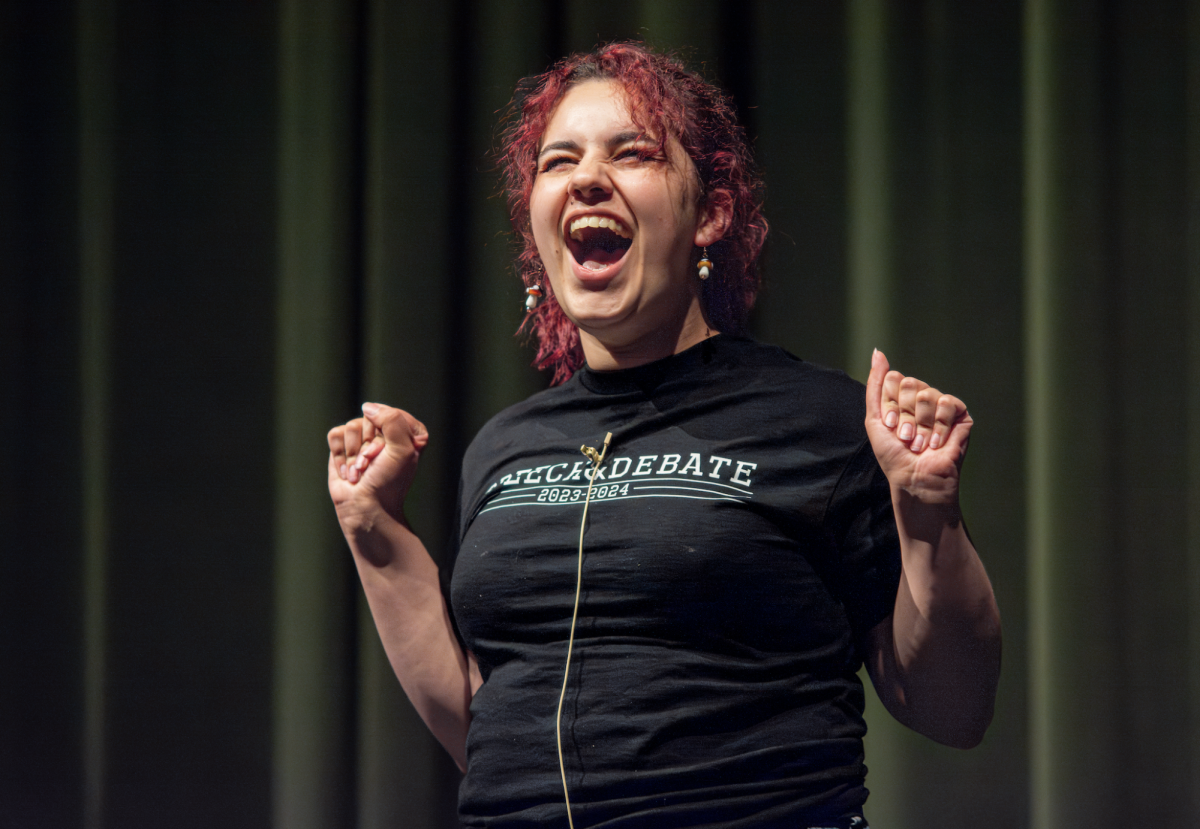
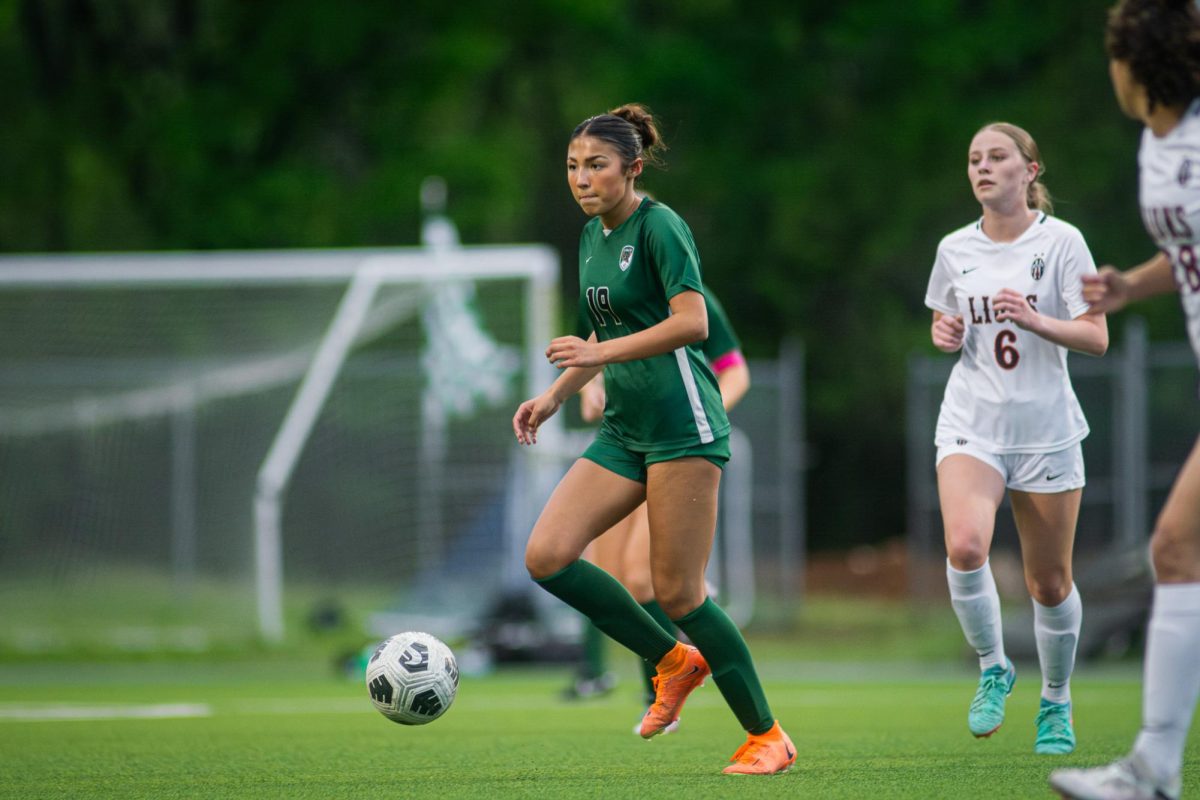
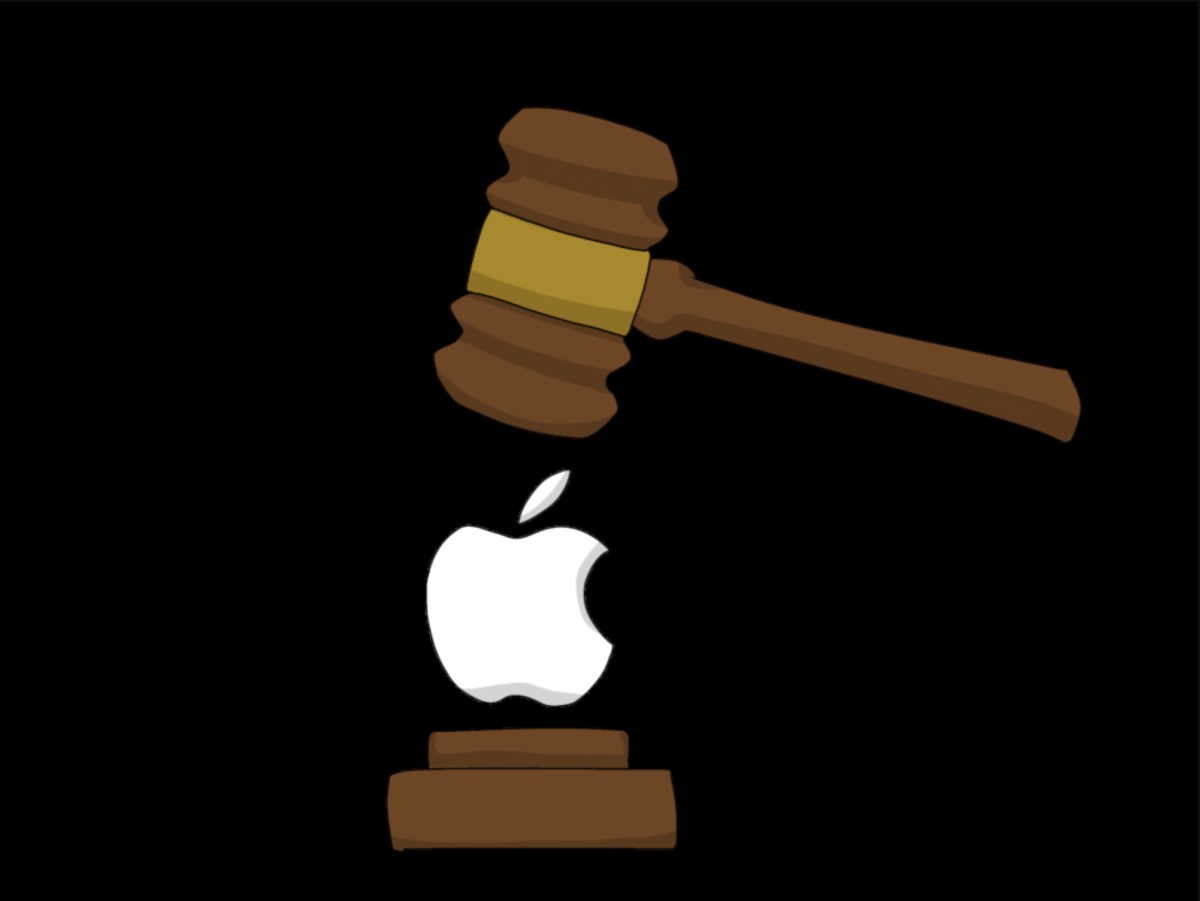

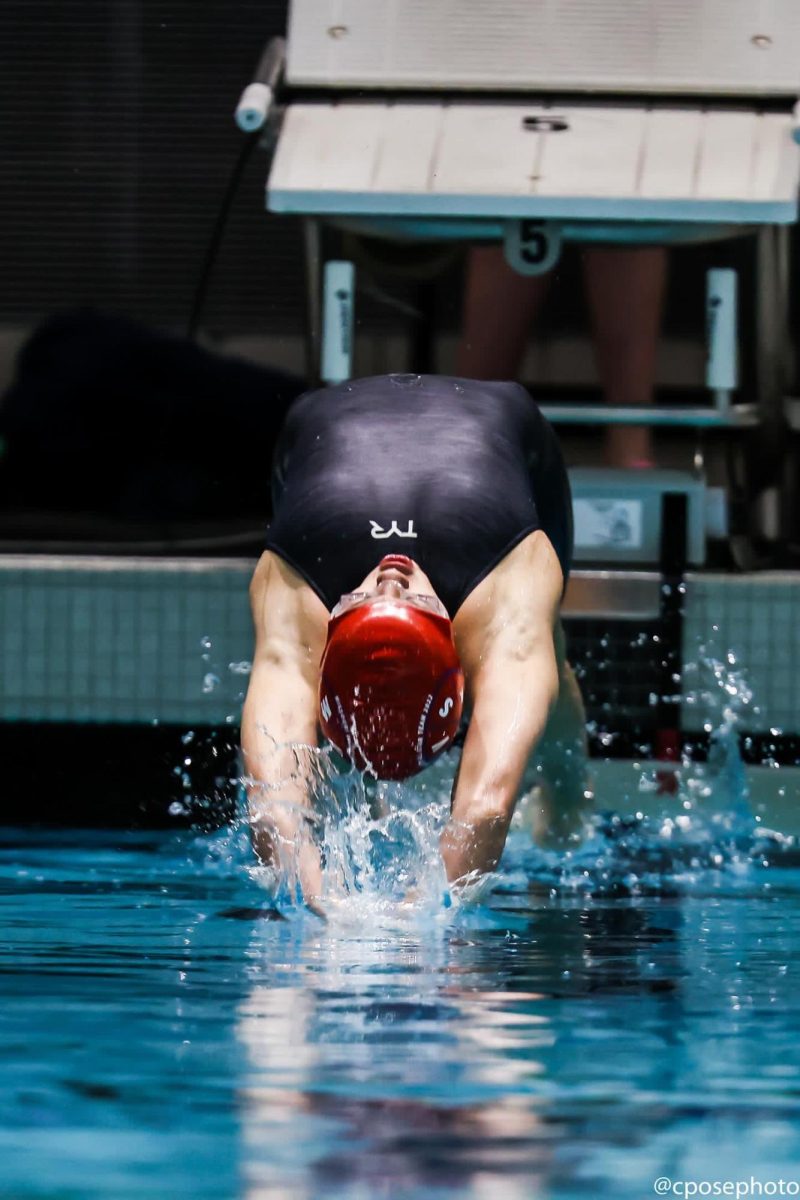





![Monitoring the school, School Resource Officer Kasey Wiltz works in her office to help make Free State a safer place. Over the past four years as an SRO, Wiltz has discovered a passion for the work as well as the community. “Once I became a school resource officer, [I found my niche] and I didn't ever want to do anything different,” Wiltz said.](https://www.fsfreepressonline.com/wp-content/uploads/2025/03/Butler_2_11_2025_Casey-Wiltz-2-copy-1200x801.jpg)
